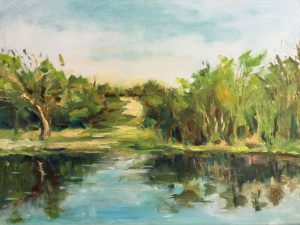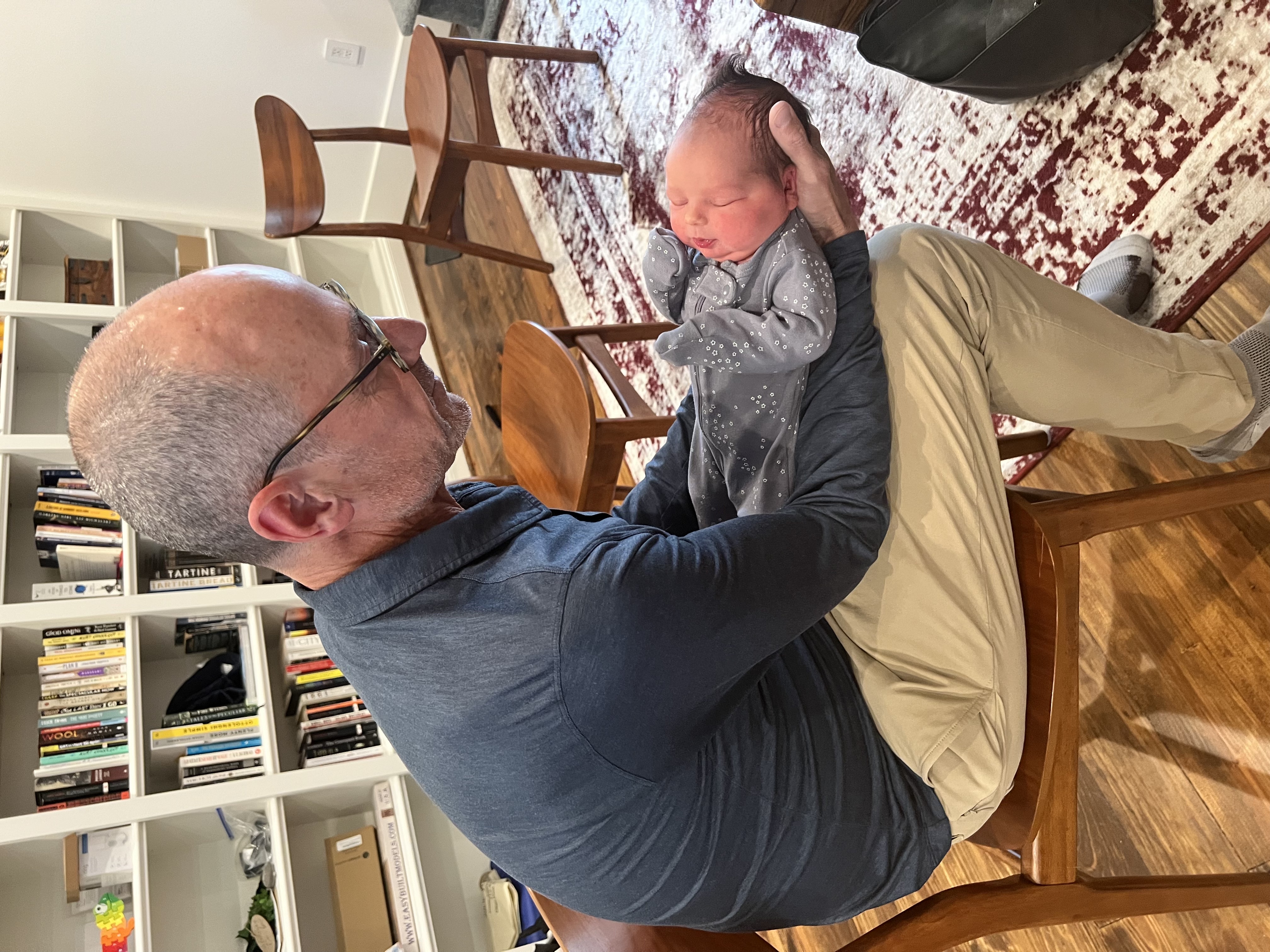“What to paint”? This is a daily question that I ask myself. Several years back, when I posed that question to my not so confident artist self, I often came up with a blank. I was overwhelmed by the beauty and stories around me, but I was clueless as to what to focus on, where to start, how to approach the subject and how to project the scene onto the canvas as a painting. Like so many not so confident artists, I felt compelled to paint every nuance of the scene. I really didn’t trust my skills to edit or embellish on the scene. I didn’t fully realize that my job as an artist was to interpret, not copy.

16 x 20
Oil on Panel
Artist: Susan Tyler
Fast forward to today. The process that I currently use to determine what I am going to paint consists of one of two approaches: The first one is when the scene smacks me in the face and I know immediately what and how I want to paint it. The second approach is more subtle I find myself skipping over the scene, but coming back to it several times. Although I like the composition, I am not sure how to approach it. The process of coming back to the scene is my brain’s way of working out the issues: how to approach it, how to edit it and how to embellish it. This is partially a result of becoming more confident in my skills, but much of it has to do with the training and practicing of my “eye” skill. When I keep coming back to a scene, it is because there is something in the scene that pops for me, but the overall composition is not working, too cluttered or not aligned–there is something not right.
The painting: “View of the Hill” is a good example of the my first approach, I saw the scene and knew exactly how to paint it. For my next post, I will go through the process of a scene that I had to edit and embellish in order to get it right.



